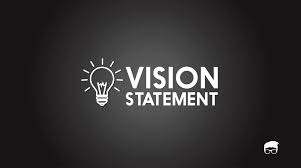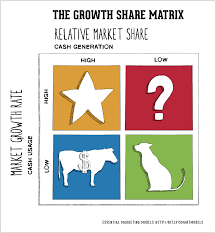In the field of management, a firm strategy is a comprehensive plan to achieve its goals in the face of these conditions. Strategy defines how a firm will achieve long-term success. Strategy is defined as “the determination of the basic long-term goals of an enterprise, and the adoption of courses of action and the allocation of resources necessary for carrying out these goals” (Chandler, 1962) Strategies are established to set direction, focus effort, define or clarify the organization, and provide consistency or guidance in response to the environment (Mintzberg, 1987). Determining the strategy is a critical decision for management because it involves a significant commitment of resources and, once initiated, it is very difficult and costly to change.
Firm strategy involves the formulation and implementation of the major goals and initiatives taken by an organization’s managers on behalf of stakeholders, based on consideration of resources and an assessment of the internal and external environments in which the organization operates. Firm strategy provides overall direction to an enterprise and involves specifying the organization’s objectives, developing policies and plans to achieve those objectives, and then allocating resources to implement the plans. Academics and practicing managers have developed numerous models and frameworks to assist in strategic decision-making in the context of complex environments and competitive dynamics. Firm strategy is not static in nature; the models often include a feedback loop to monitor execution and to inform the next round of planning.
Michael Porter identifies three principles underlying strategy:
- creating a “unique and valuable [market] position”
- making trade-offs by choosing “what not to do”
- creating “fit” by aligning company activities with one another to support the chosen strategy
Management theory and practice often make a distinction between strategic management and operational management, with operational management concerned primarily with improving efficiency and controlling costs within the boundaries set by the organization’s strategy.



























































faultless article, i love it
Regards for helping out, wonderful information.